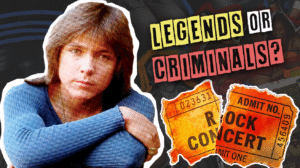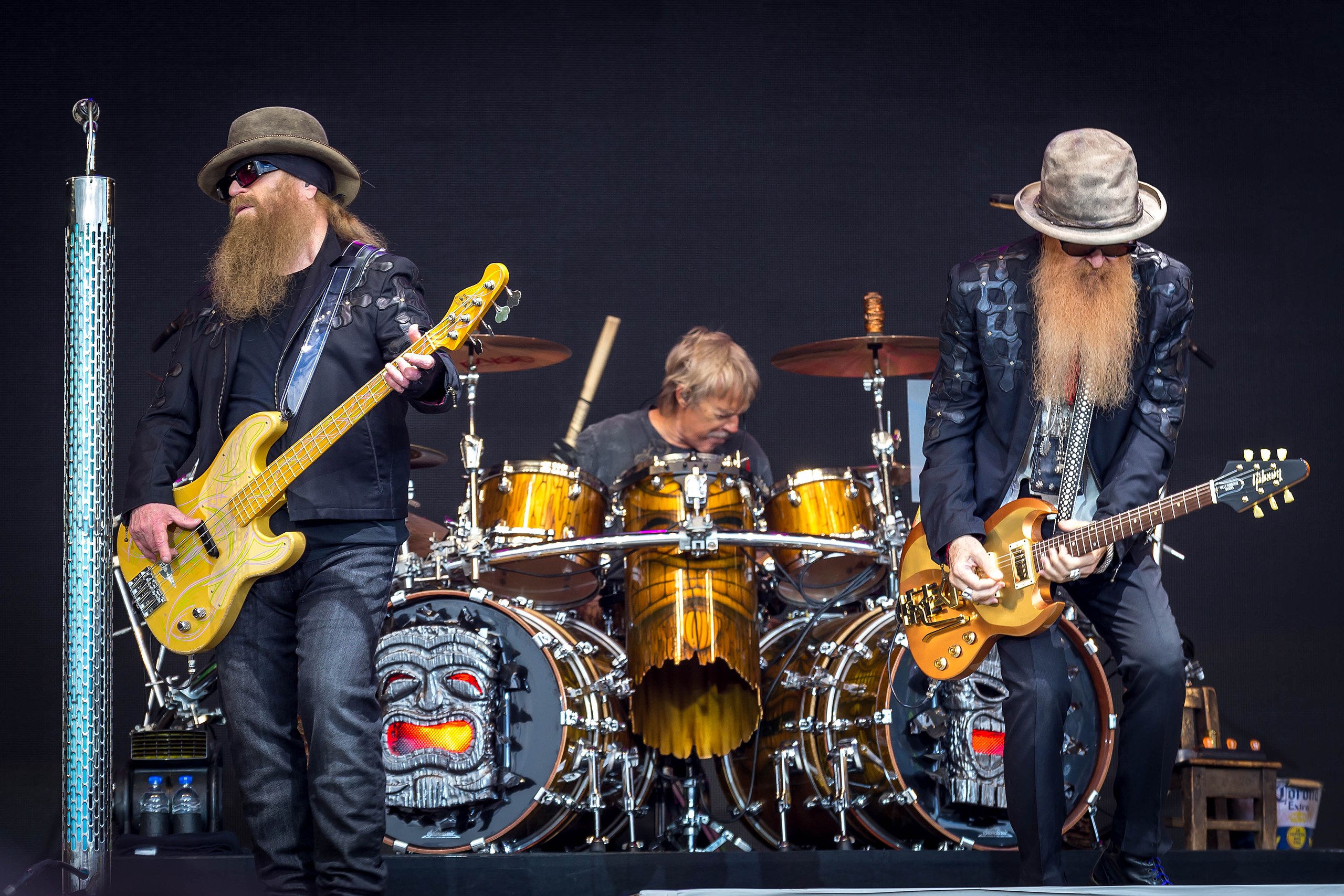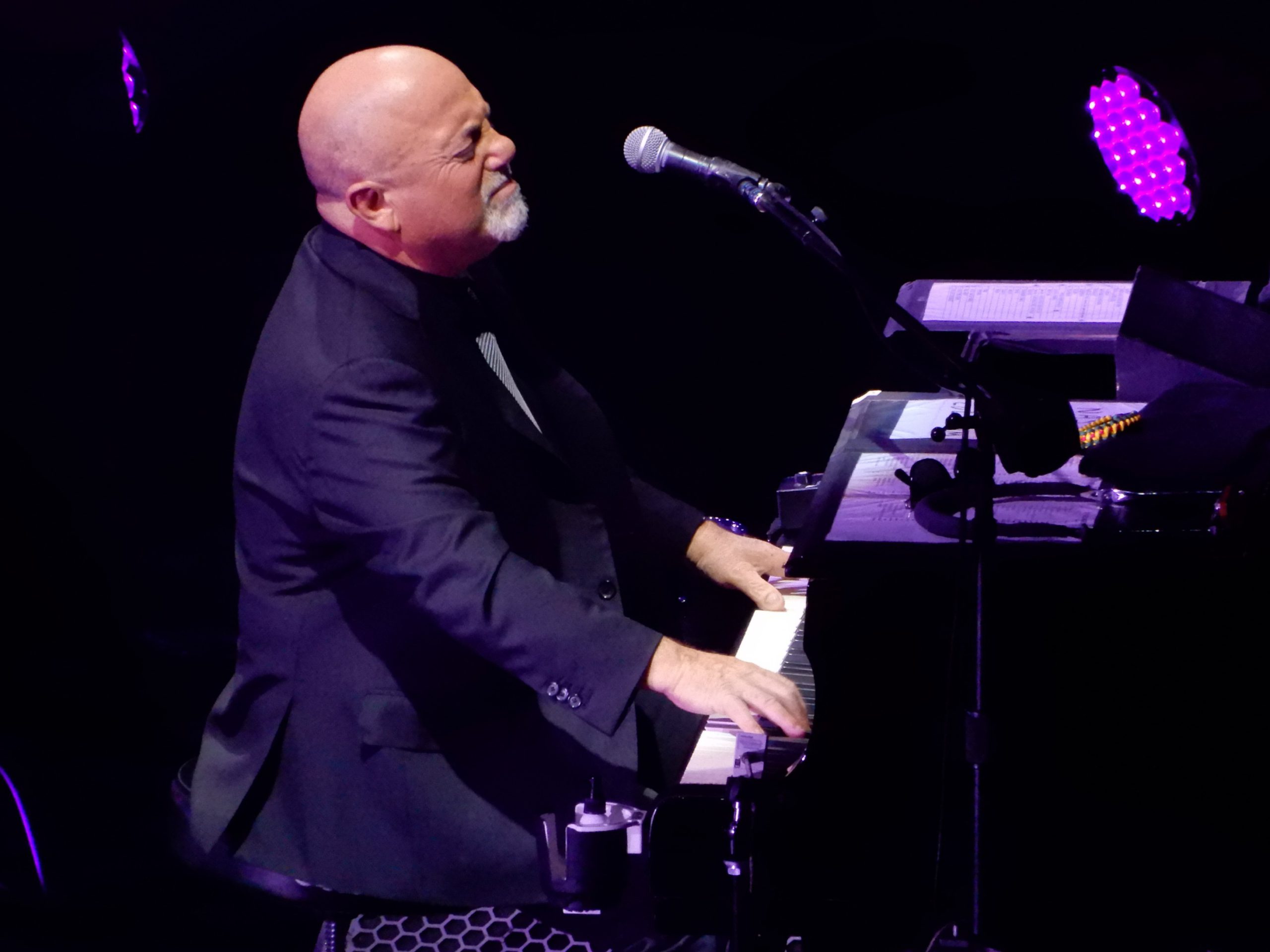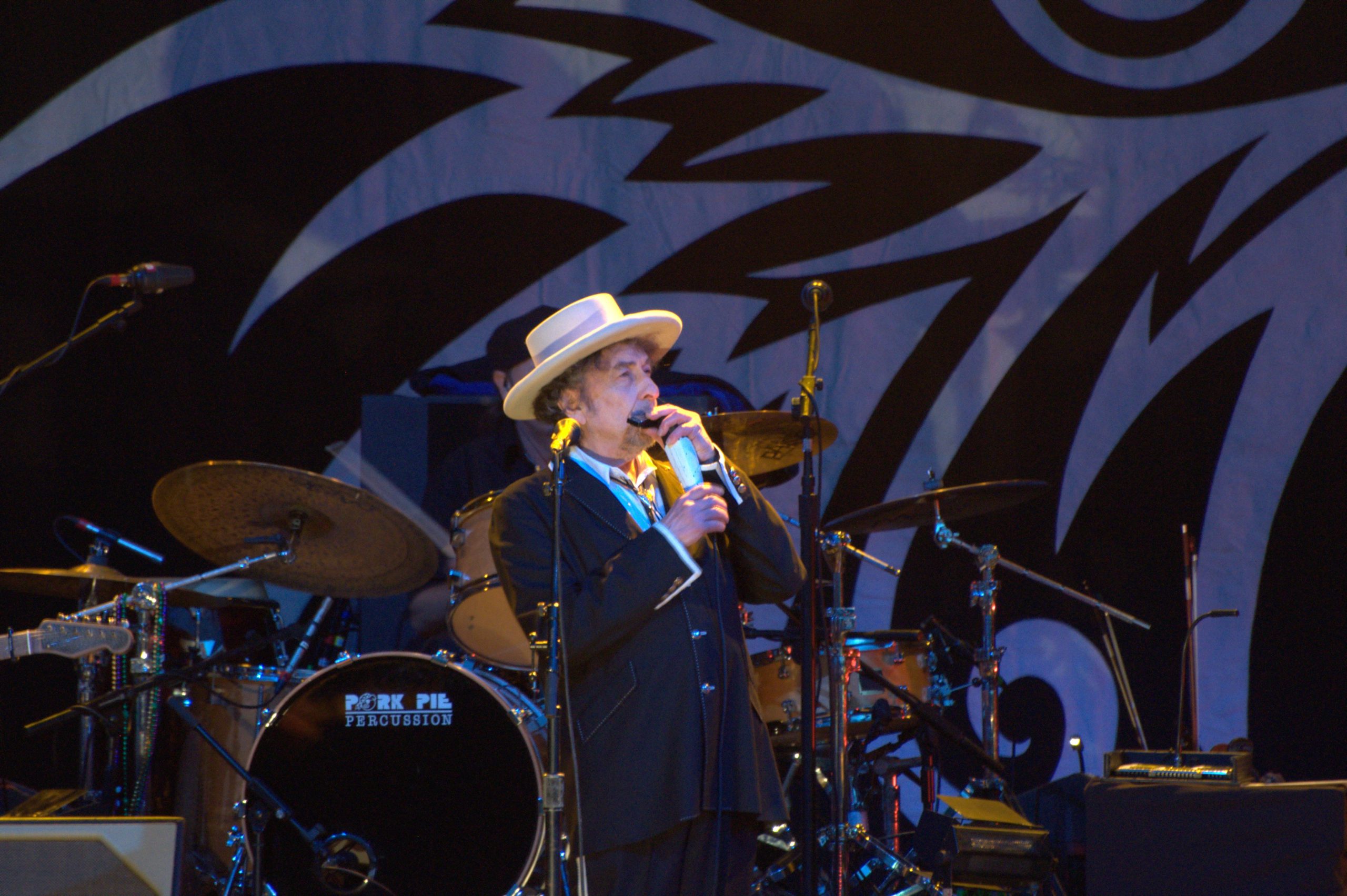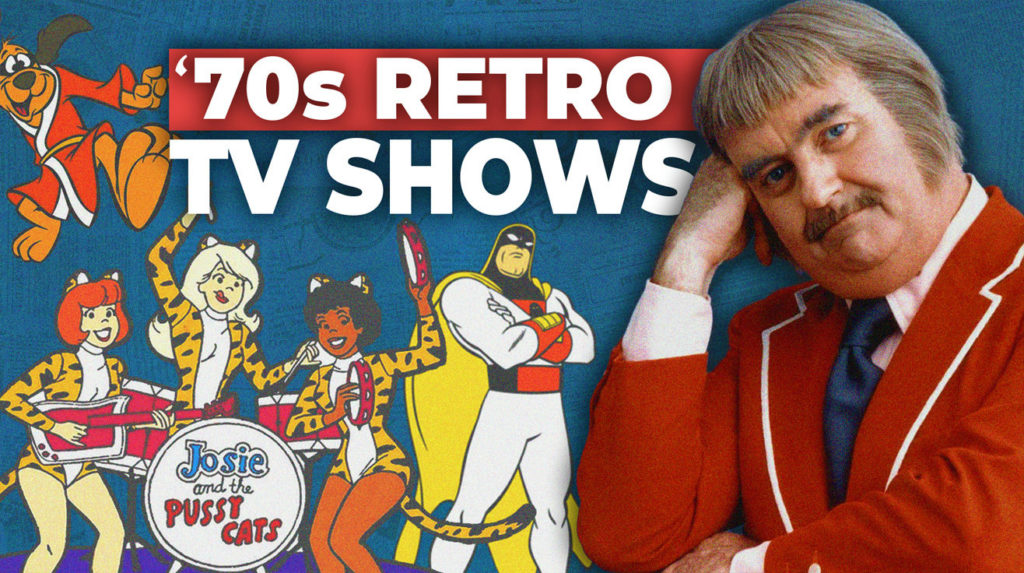
Remember when your biggest weekend worry was whether you’d wake up in time for your favorite shows? The 1970s were the golden age of children’s television, where psychedelic puppets, talking cars, and superhero journalists captivated young minds between spoonfuls of sugary cereal.
Like a well-worn VHS tape replayed too many times, these programs have become slightly fuzzy in our collective memory, yet somehow more cherished for their imperfections.
19. The Secrets of Isis
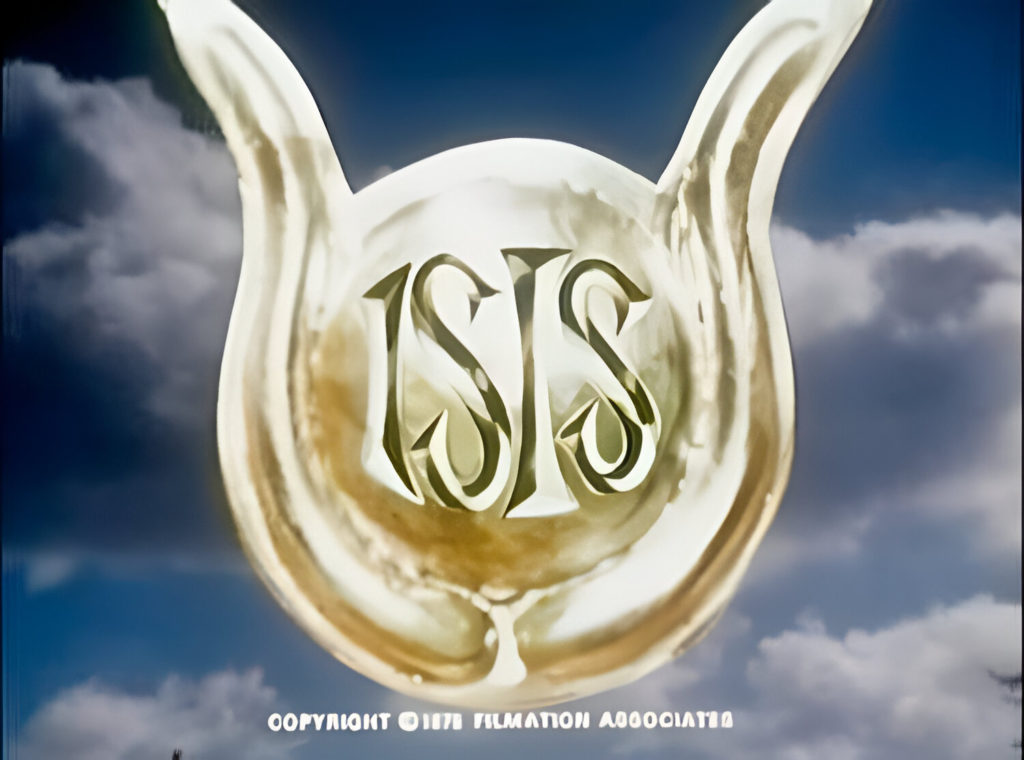
“The Secrets of Isis” debuted in 1975 as part of the “Shazam/Isis Hour” programming block. The show made history as the first American live-action television series featuring a female superhero lead. Joanna Cameron portrayed Andrea Thomas, an archaeologist who discovered an ancient Egyptian amulet.
When Thomas spoke “Oh mighty Isis,” she transformed into a superhero with remarkable abilities. These powers included flight, super strength, and telekinesis. The show skillfully blended Egyptian mythology with contemporary teenage problems. Think of it as mixing the perfect cocktail—combining ancient wisdom with modern challenges created something uniquely refreshing.
18. Captain Kangaroo
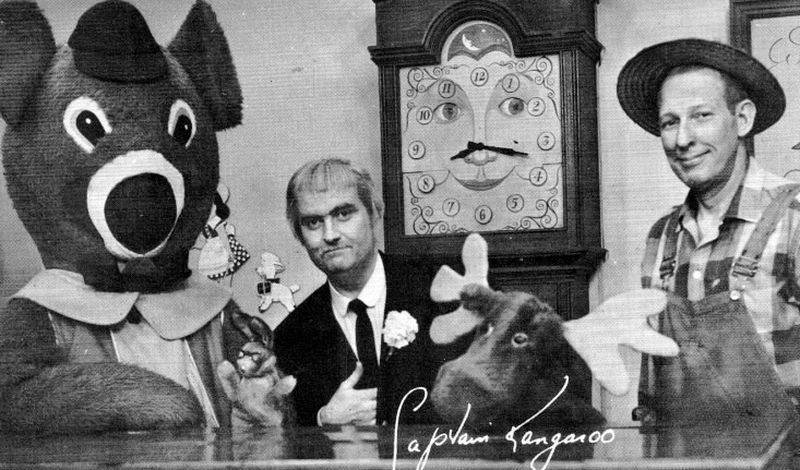
“Captain Kangaroo,” hosted by Bob Keeshan from 1955 to 1984, stands as one of television’s longest-running children’s programs. The Captain created a warm, nurturing environment where learning felt more enjoyable than taking candy from Mr. Moose (which often resulted in ping-pong balls dropping from the ceiling anyway). Hugh “Lumpy” Brannum portrayed Mr. Green Jeans, the Captain’s farmer friend who often brought animals to the Treasure House.
Cosmo Allegretti brought puppet characters to life with charm and wit. Unlike the frenetic pace of later children’s shows, Keeshan maintained a gentle approach. He respected children’s intelligence while fostering values of kindness and curiosity. The relationship between Keeshan and his young audience resembled that comfortable old sweater you return to when everything else feels too complicated—reliable, warm, and somehow always fitting just right.
17. The Krofft Super Show

“The Krofft Super Show,” created by puppeteers and producers Sid and Marty Krofft, redefined Saturday morning entertainment from 1976 to 1978. Each episode began with the fictional band Kaptain Kool and the Kongs introducing the show’s segments. The program featured rotating live-action series including “Electra Woman and Dyna Girl” and “Dr. Shrinker” (whose tagline “There’s nothing finer than my shriner” probably wouldn’t make it past today’s network executives).
The Kroffts’ distinctive visual style created a psychedelic aesthetic that became synonymous with 1970s children’s television. Their approach to creating worlds combined elaborate costumes, colorful sets, and special effects. Their creative process mirrored jazz improvisation—taking familiar elements and transforming them into something wildly unexpected and memorable. No wonder so many Gen-Xers grew up with slightly warped expectations of reality.
16. Land of the Lost
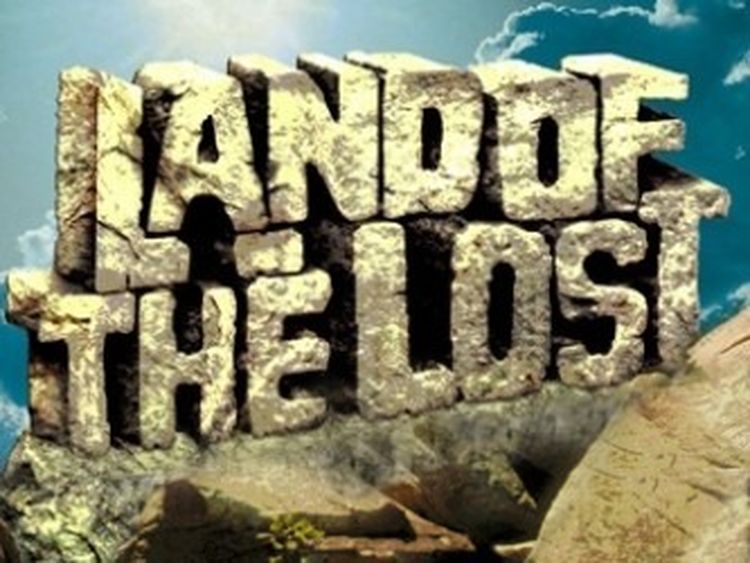
“Land of the Lost,” which aired from 1974 to 1976, transported viewers to a prehistoric world. The Marshall family—father Rick and his children Will and Holly—became trapped after a rafting accident sent them through a dimensional portal. Created by Sid and Marty Krofft, the show featured groundbreaking special effects including stop-motion dinosaurs that somehow remained terrifying despite their obvious limitations.
The series gained depth through the mysterious Sleestaks, humanoid reptilian creatures from the Lost City. The episode “Elsewhen” remains particularly notable for its sophisticated time-travel plot. Despite its Saturday morning time slot, the show incorporated serious science fiction concepts. Similar to how chess pieces move within strict rules yet create endless possibilities, Land of the Lost operated within budget constraints while exploring complex ideas about time, space, and parallel dimensions.
15. Sigmund and the Sea Monsters
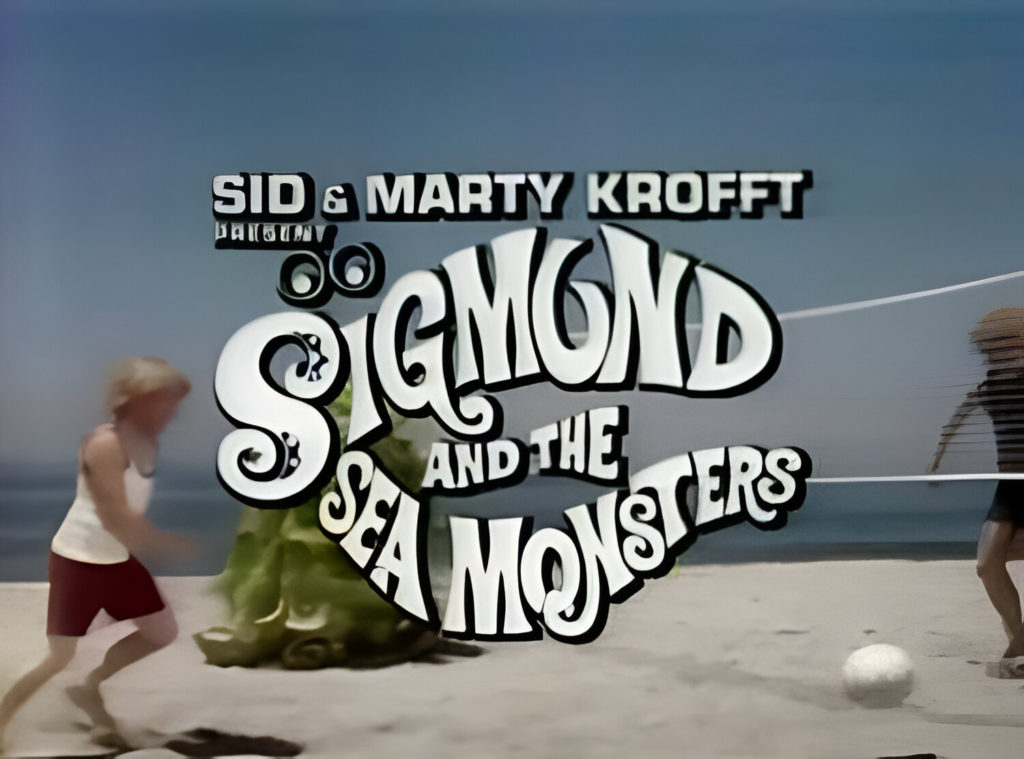
“Sigmund and the Sea Monsters,” created by Sid and Marty Krofft, aired from 1973 to 1975. Johnny Whitaker and Scott Kolden starred as brothers who discovered and befriended Sigmund Ooze, a gentle sea monster. Billy Barty played Sigmund, who had been disowned by his family for refusing to frighten humans (possibly the first TV character canceled by his own family for being too nice).
The boys hid Sigmund in their clubhouse while evading the suspicious housekeeper Zelda. They also had to avoid Sigmund’s monstrous family who wanted to bring him back to the sea. The series explored themes of acceptance and friendship across differences. The show functioned as a bridge connecting two different worlds, demonstrating how understanding can overcome fear and prejudice—a lesson wrapped in rubber monster suits and seaside hijinks.
14. H.R. Pufnstuf

“H.R. Pufnstuf,” the Krofft brothers’ first major success, aired from 1969 to 1971. Jack Wild starred as Jimmy, a boy who arrived on Living Island with his magical talking flute Freddy. Mayor H.R. Pufnstuf, a friendly dragon, protected Jimmy from the villainous Witchiepoo, who schemed to steal Freddy the flute and occasionally broke into song about it.
The show’s distinctive visual style featured actors in elaborate costumes portraying living trees and talking books. The psychedelic visuals combined with catchy songs created a world where even inanimate objects had personality. Imagine baking a cake with unexpected ingredients—the Kroffts took familiar fairy tale elements and created something deliciously unique (and possibly hallucinogenic, though they’ve always denied any drug influences despite the talking mushrooms and psychedelic color palette).
13. Electra Woman and Dyna Girl
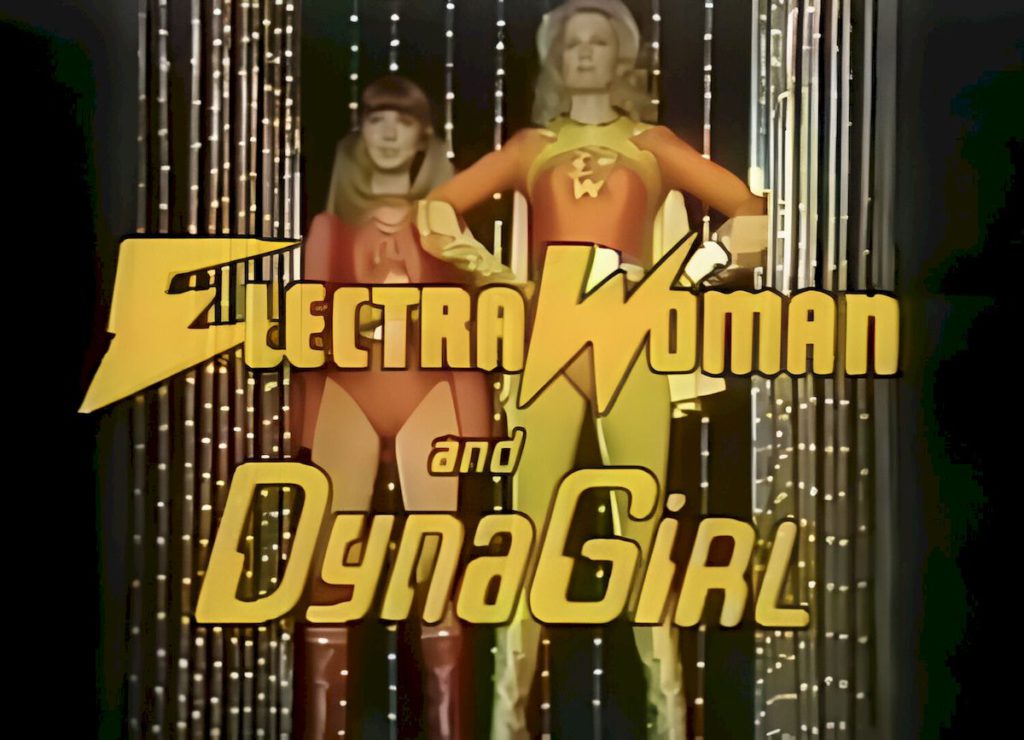
“Electra Woman and Dyna Girl” originated as a segment on “The Krofft Supershow” in 1976. The show featured reporters Lori/Electra Woman and Judy/Dyna Girl who fought crime using their ElectraComs—wristbands that granted them powers. Their mentor Frank Heflin provided gadgets and guidance from their high-tech laboratory, which somehow fit into the basement of a news office (real estate was apparently much more affordable in the 70s).
The superhero duo battled colorful villains in adventures that parodied the 1960s “Batman” series. Despite running for only sixteen episodes, the show’s strong female protagonists earned it cult status. The series resembled a musician riffing on a familiar melody—maintaining the superhero core while adding its own distinctive voice. These crime-fighting journalists predated Lois Lane getting superpowers by decades.
12. Shazam!

“Shazam!” brought DC Comics’ Captain Marvel to television from 1974 to 1976. Jackson Bostwick (and later John Davey) portrayed the superhero with Michael Gray playing teenager Billy Batson. The show diverged from the comics, featuring Billy traveling America in a motor home with his guardian “Mentor” instead of, you know, going to school.
When guidance was needed, Billy summoned the wisdom of elders whose initials formed “Shazam.” This allowed him to transform into Captain Marvel. Unlike many superhero programs, “Shazam!” emphasized moral lessons over physical confrontations. Captain Marvel used his powers to create teaching moments rather than defeat villains through combat. The approach mirrored gardening more than fighting—nurturing growth and understanding rather than simply eliminating problems.
11. The Banana Splits Adventure Hour
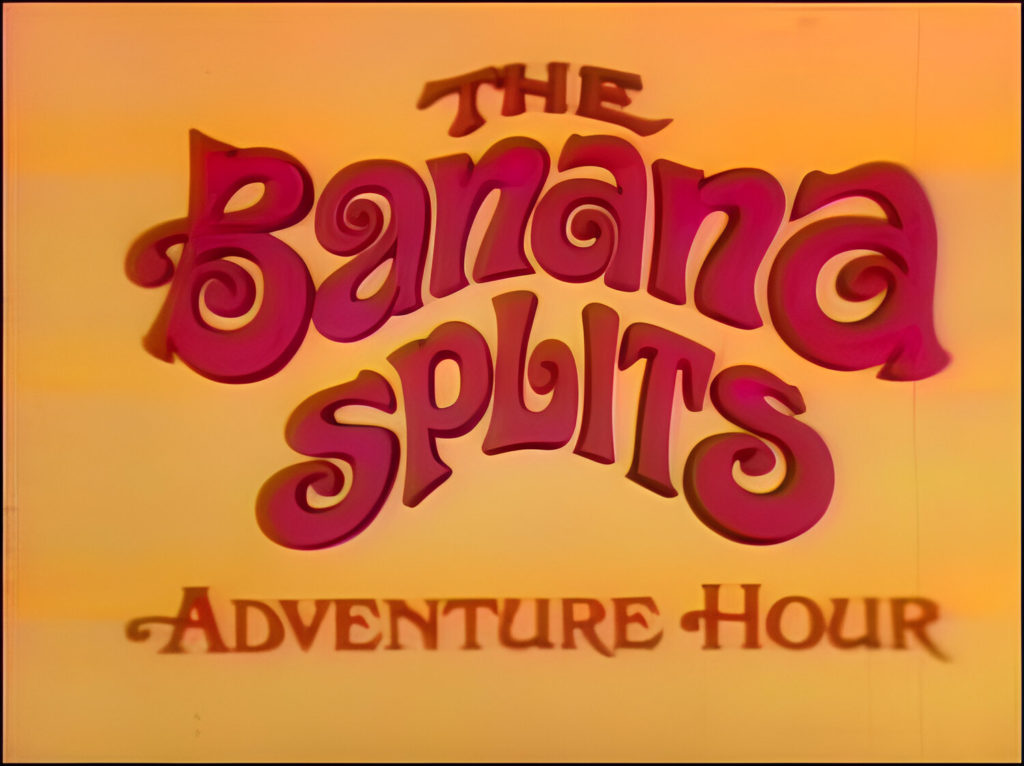
“The Banana Splits Adventure Hour” aired from 1968 to 1970, combining live action and animation in a variety show format. The Banana Splits Band—Fleegle, Bingo, Drooper, and Snorky—were portrayed by actors in costumes while voice actors brought their personalities to life. Produced by Hanna-Barbera, the show included animated segments alongside live-action adventures (and created more recurring nightmares than any horror movie of the era).
The Splits performed catchy songs that became Billboard hits. Their colorful antics and musical performances created a carnival atmosphere that delighted young viewers. The show operated as a well-crafted playlist—moving seamlessly between comedy, adventure, and music. Fifty years later, people still remember that “one banana, two banana” earworm, proving some infections never truly clear your system.
10. Lidsville
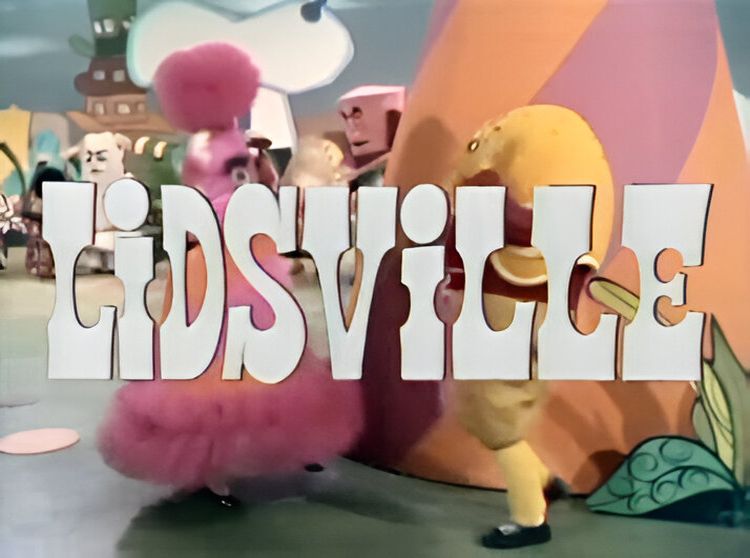
“Lidsville,” which aired from 1971 to 1973, marked the third psychedelic Sid and Marty Krofft production. Butch Patrick starred as Mark, a teenager who fell into a magician’s hat and found himself in a world populated by living, talking hats. Charles Nelson Reilly portrayed the villain, the green-skinned magician Horatio J. HooDoo, chewing scenery with such enthusiasm you’d think he was getting paid by the bite.
The hat characters included Grandmother Hat, Colonel Poom, and Captain Hooknose, each with personalities reflecting their hat types. The surreal premise allowed for visual creativity and wordplay. Critics later noted the series contained subtle references reflecting the counterculture era. The show’s creativity simmered as a pot of gumbo—throwing unexpected ingredients together somehow resulted in a cohesive flavor, albeit one that might leave you questioning what exactly you consumed.
9. The Bugaloos
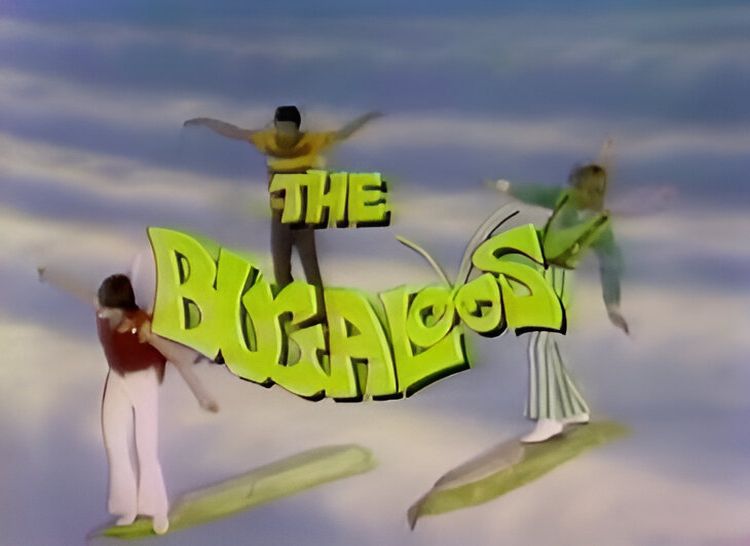
“The Bugaloos,” created by Sid and Marty Krofft, aired from 1970 to 1972. The show featured a fictional British rock band composed of four teenage human-insect hybrids: Joy, Courage, Harmony and I.Q. The group lived in Tranquility Forest and performed pop music while evading Benita Bizarre, a jealous rock star with all the subtlety of a sledgehammer to a glass harp.
Martha Raye played Benita, who attempted to kidnap the Bugaloos or steal their songs. The show included original songs performed by the cast, with professionally produced music. Despite its short run, “The Bugaloos” developed a cult following for its distinctive concept and bubblegum pop soundtrack. The show’s strange premise worked much in the way a video game introduces bizarre rules that somehow become perfectly acceptable once you start playing—flying insect-teens with British accents? Sure, why not?
8. Fat Albert and the Cosby Kids
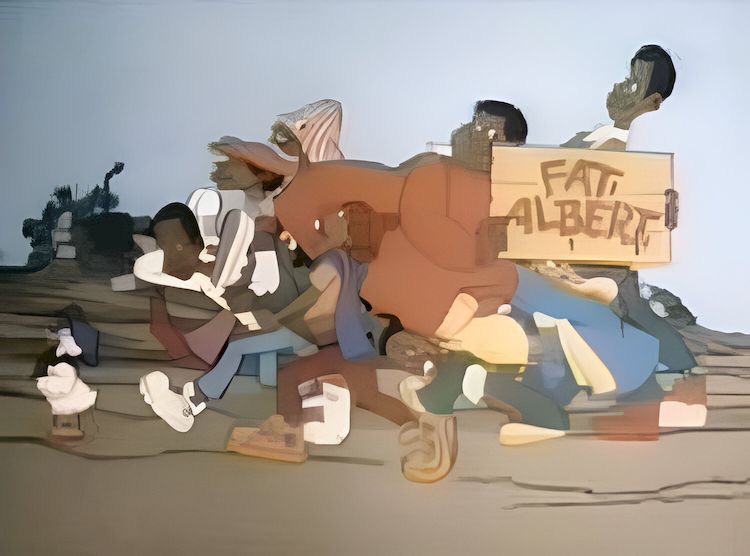
“Fat Albert and the Cosby Kids,” created and hosted by Bill Cosby, aired from 1972 to 1985. The animated series followed Albert and his friends as they navigated urban life in North Philadelphia. Characters such as Mushmouth, Dumb Donald, and Weird Harold became household names with their distinctive personalities and speech patterns.
Each episode addressed social issues through stories that never felt preachy despite their clear messages. Episodes concluded with a direct moral lesson delivered to viewers. The show’s distinctive animation style and memorable theme song became cultural touchstones. The show blended entertainment with education similarly to how a master chef layers flavors—the valuable lessons became palatable because they were served alongside generous portions of humor and relatable characters.
7. The New Scooby-Doo Movies
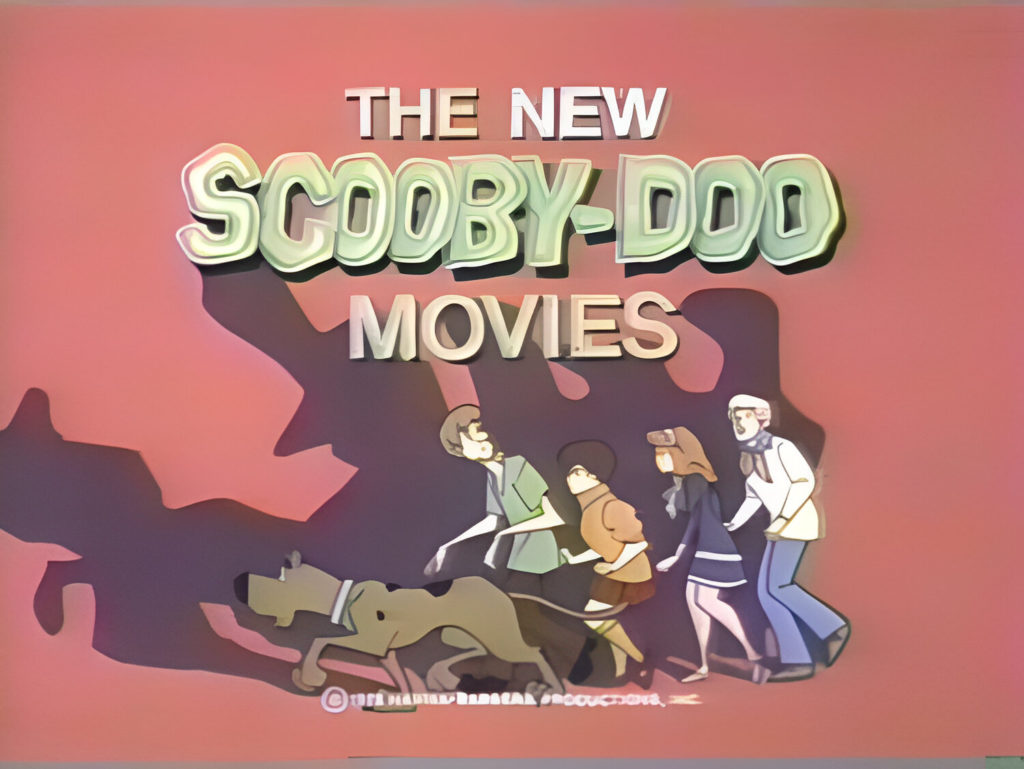
“The New Scooby-Doo Movies,” which aired from 1972 to 1974, expanded the original format into hour-long episodes featuring famous guest stars. The Mystery Inc. gang collaborated with celebrities and fictional characters including Batman and Robin, the Harlem Globetrotters, and Don Knotts. The episode “The Dynamic Scooby-Doo Affair” marked the first animated appearance of Batman outside DC Comics productions (who knew the Dark Knight had a soft spot for dog treats?).
Each episode maintained the classic Scooby-Doo formula of uncovering seemingly supernatural phenomena that were actually elaborate hoaxes. The added appeal of famous personalities joining the mystery-solving process brought new energy to the franchise. These team-ups functioned akin to unexpected musical collaborations—bringing together artists from different genres to create something that appealed to fans of both, while making viewers wonder how exactly Don Knotts ended up in a haunted amusement park.
6. Josie and the Pussycats

“Josie and the Pussycats,” based on the Archie Comics characters, aired as an animated series from 1970 to 1971. The show followed an all-girl rock band consisting of guitarist Josie McCoy, tambourinist Valerie Brown, and drummer Melody Valentine. The group toured with their manager Alexander Cabot III, his sister Alexandra, and roadie Alan M. Mayberry—managing to solve mysteries between gigs without ever missing a show.
The series combined elements of music, comedy, and adventure. Each episode featured original songs performed by studio singers including Cheryl Ladd before her “Charlie’s Angels” fame. In 1972, the show transformed into “Josie and the Pussycats in Outer Space.” The series resembled a sports team that suddenly changes its venue—same players, completely different playing field, yet somehow the core dynamic remained intact even when facing alien threats instead of earthbound criminals.
5. Super Friends
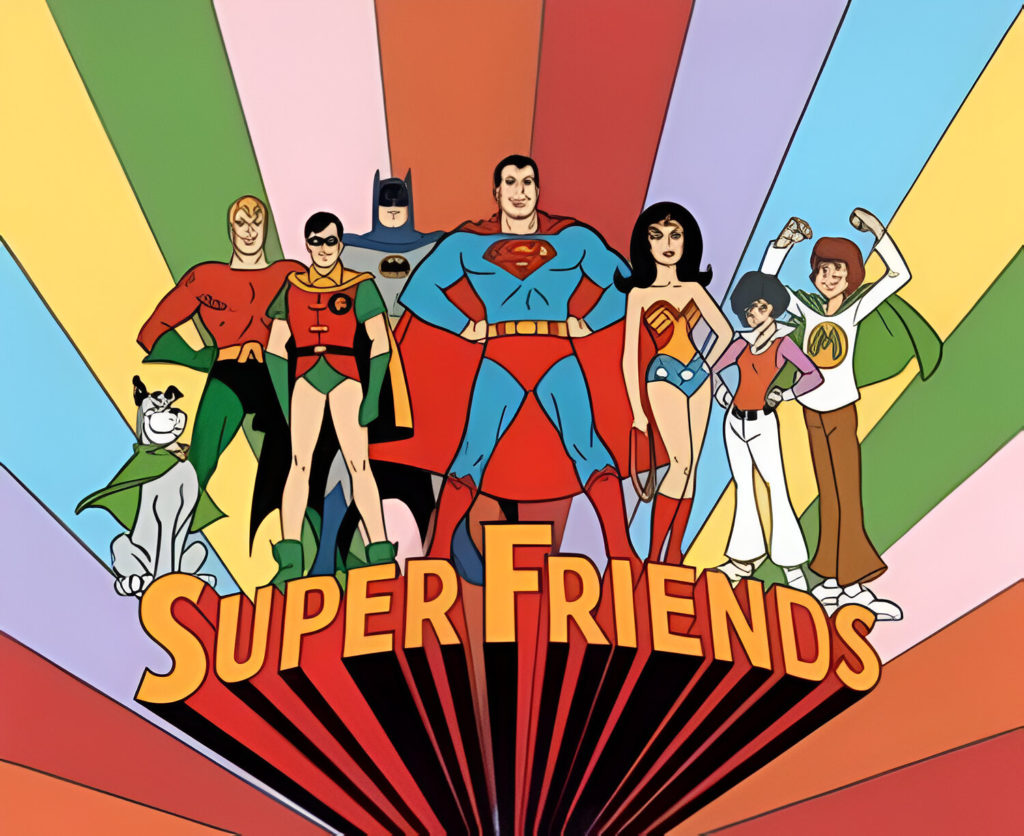
“Super Friends” aired in various incarnations from 1973 to 1986, bringing DC Comics superheroes to Saturday morning television. The core team consisted of Superman, Batman, Wonder Woman, and Aquaman. Later seasons added characters including the Wonder Twins—Zan and Jayna—with their space monkey Gleek (because apparently “wonder powers activate” wasn’t quite enough to save the day).
The series toned down the violence of the comic books, emphasizing teamwork and problem-solving. The show’s “Hall of Justice” headquarters and iconic character designs influenced generations of superhero media. Notable villains included the Legion of Doom, led by Lex Luthor. The show demonstrated team dynamics comparable to a symphony orchestra—each hero had their distinctive instrument to play, combining their powers for greater effect while occasionally stepping forward for solo moments.
4. Speed Buggy
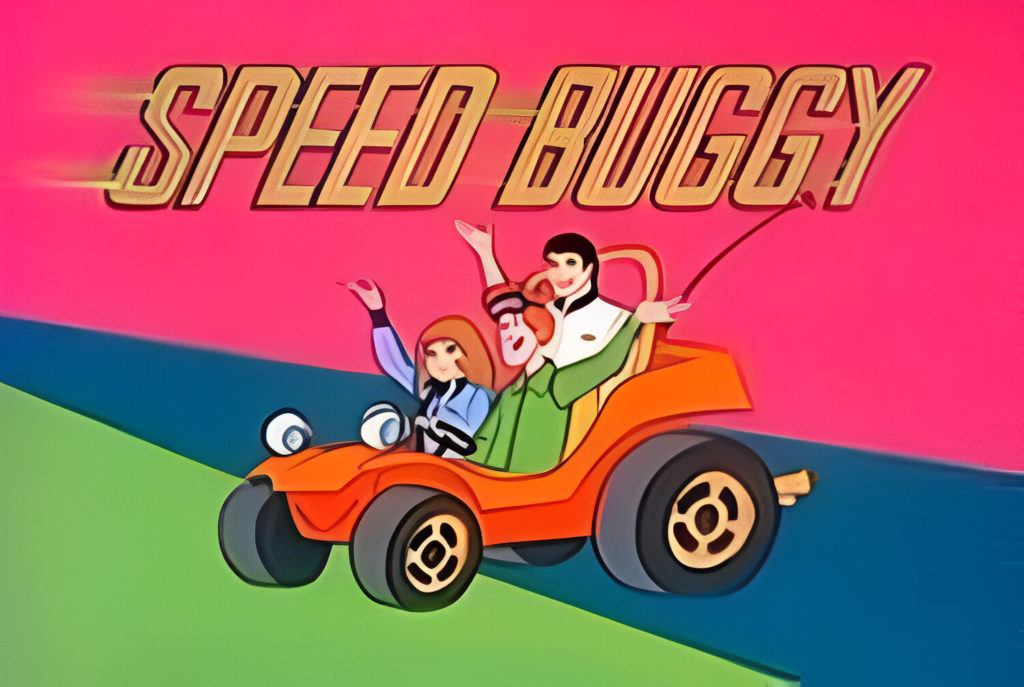
“Speed Buggy,” which aired from 1973 to 1975, featured a sentient dune buggy voiced by Mel Blanc using a style similar to his Bugs Bunny character. The talking car participated in races and solved mysteries with his human friends Tinker, Mark, and Debbie. Created by Hanna-Barbera, the show combined elements of their earlier hits with the popularity of dune buggies in 1970s culture (when automotive trends and Saturday morning cartoons existed in perfect harmony).
Speed Buggy could talk, drive himself, and perform extraordinary stunts to help his friends escape danger. The series maintained the classic Hanna-Barbera formula of young people and an unusual companion traveling to various locations and solving mysteries. The talking car concept resembled adding a turbocharger to a standard engine—boosting a familiar format into something more exciting without completely reinventing the chassis.
3. Schoolhouse Rock!
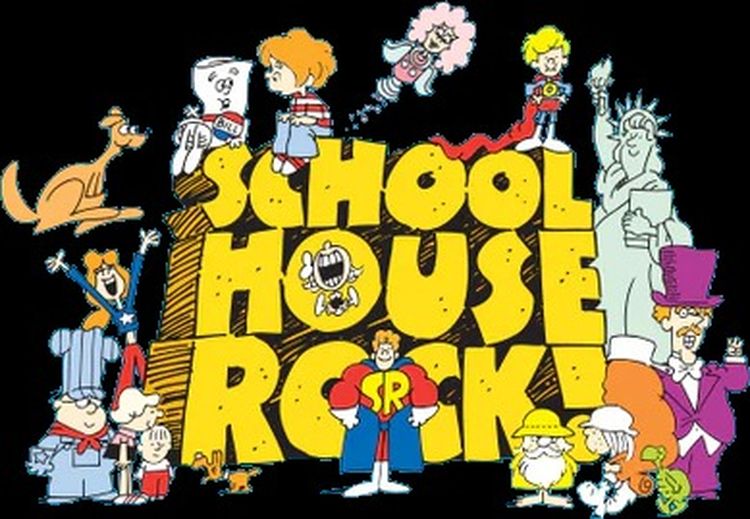
“Schoolhouse Rock!” revolutionized educational programming through animated musical shorts that aired during Saturday morning cartoons from 1973 to 1985. Created by advertising executive David McCall, the series transformed educational concepts into catchy songs. He noticed his son could remember Beatles lyrics but not multiplication tables (proving that education just needed a better marketing department).
The shorts covered subjects including Grammar, Multiplication, American History, and Science. They featured memorable music by jazz pianist Bob Dorough and other talented musicians. The segment “I’m Just a Bill” remains one of the most recognized civics education tools in American media. The show paired educational content with melodies much as a perfect dating app might match compatible partners—creating connections that felt natural and lasted for decades.
2. Hong Kong Phooey
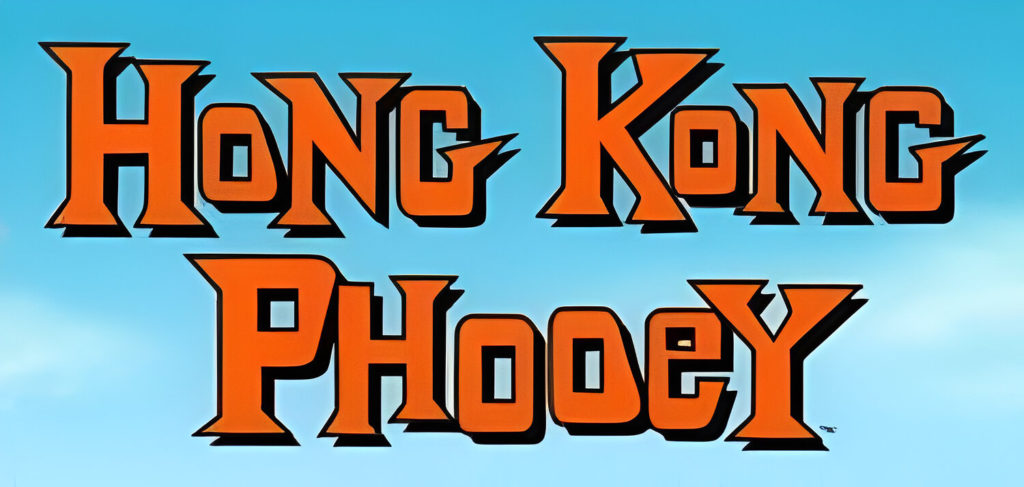
“Hong Kong Phooey,” which aired in 1974, featured Scatman Crothers as the voice of Penrod “Penry” Pooch. This mild-mannered police station janitor transformed into a kung fu superhero by jumping into a filing cabinet. Despite his reputation as the “number one super guy,” Phooey was actually quite clumsy, needing more help than he’d ever admit.
Most crimes were solved through the unrecognized efforts of his cat Spot. Created during the martial arts craze sparked by Bruce Lee films, the show parodied the genre with loving humor. The catchy theme song, performed by Crothers himself, showcased his jazz scat singing style. Hong Kong Phooey succeeded through charm rather than competence—similar to a soufflé that rises despite everything going wrong in the kitchen (and honestly, who hasn’t felt that way on Monday mornings?).
1. The Wombles

“The Wombles,” a British stop-motion animation series based on Elisabeth Beresford’s books, aired from 1973 to 1975. The show featured furry creatures who lived beneath Wimbledon Common in London. These resourceful beings collected and recycled human trash into useful items for their underground home, essentially pioneering the “upcycling” trend decades before Instagram made it cool.
Led by wise Great Uncle Bulgaria, the Womble community included inventor Tobermory and sleepy Orinoco. Narrator Bernard Cribbins provided all the character voices in the original British version. The show gained additional popularity through a successful music project created by songwriter Mike Batt. The Wombles promoted environmental consciousness as a farmer plants seeds—nurturing concepts of responsibility and care for the environment long before recycling became mainstream.





